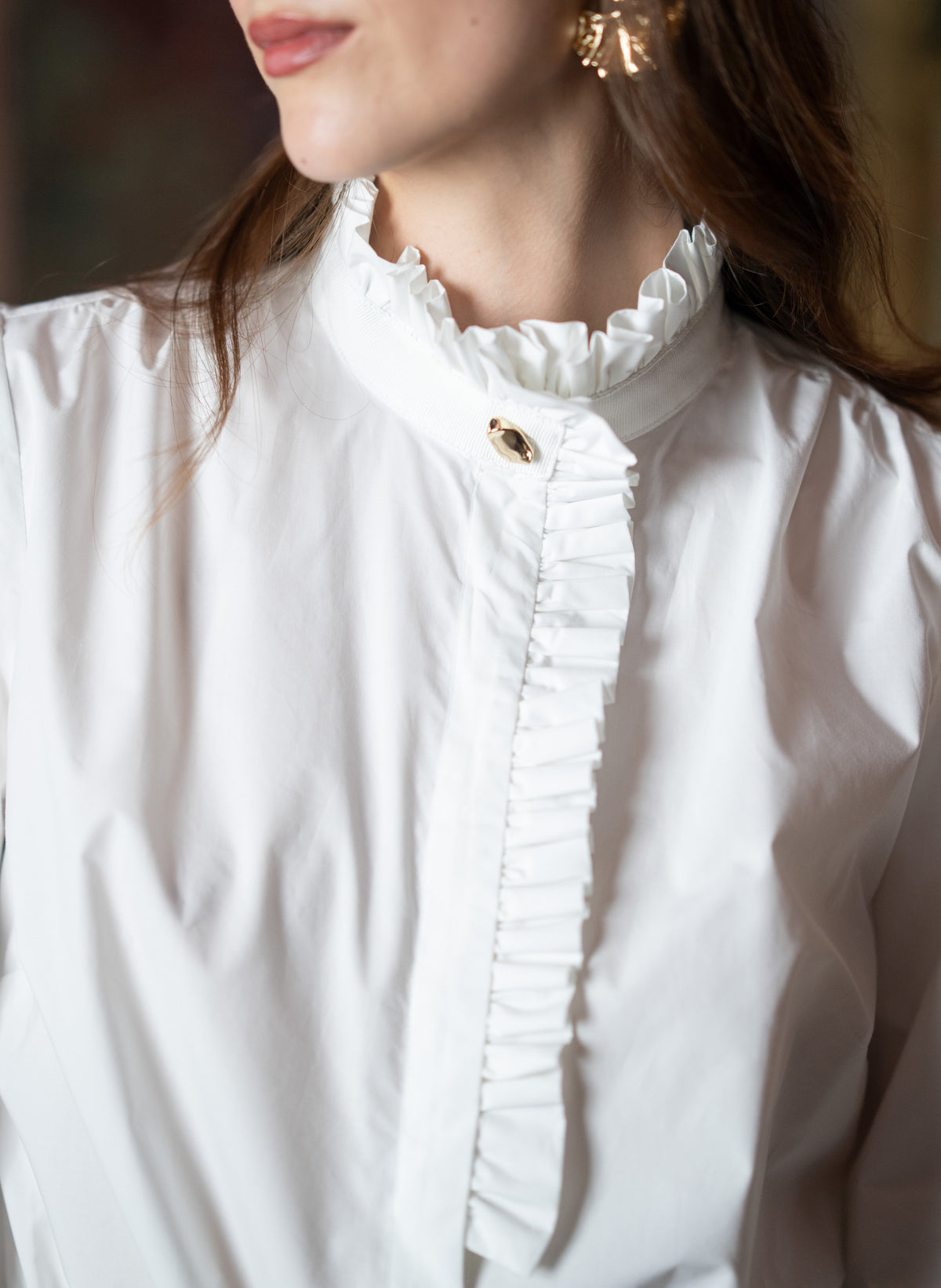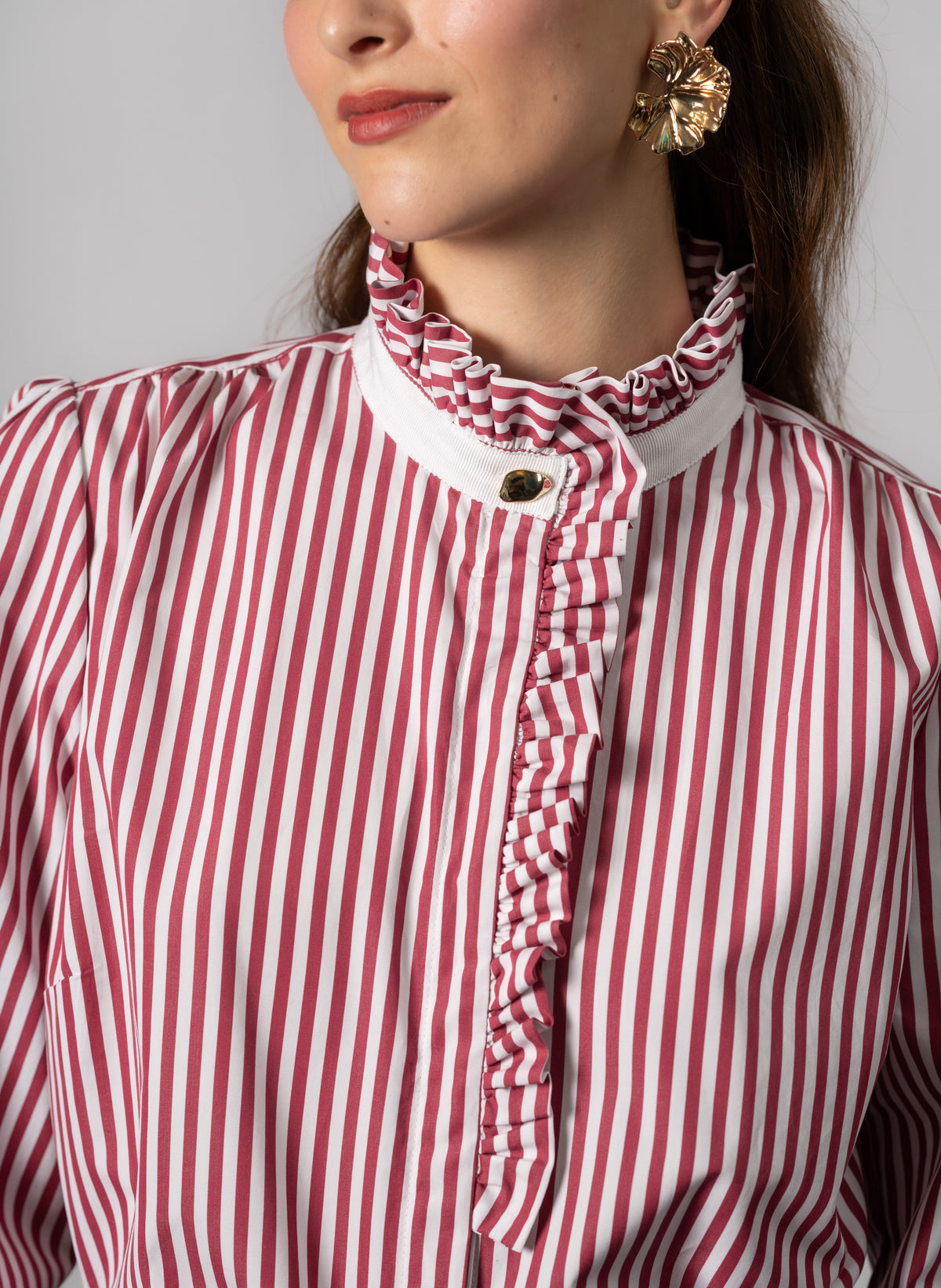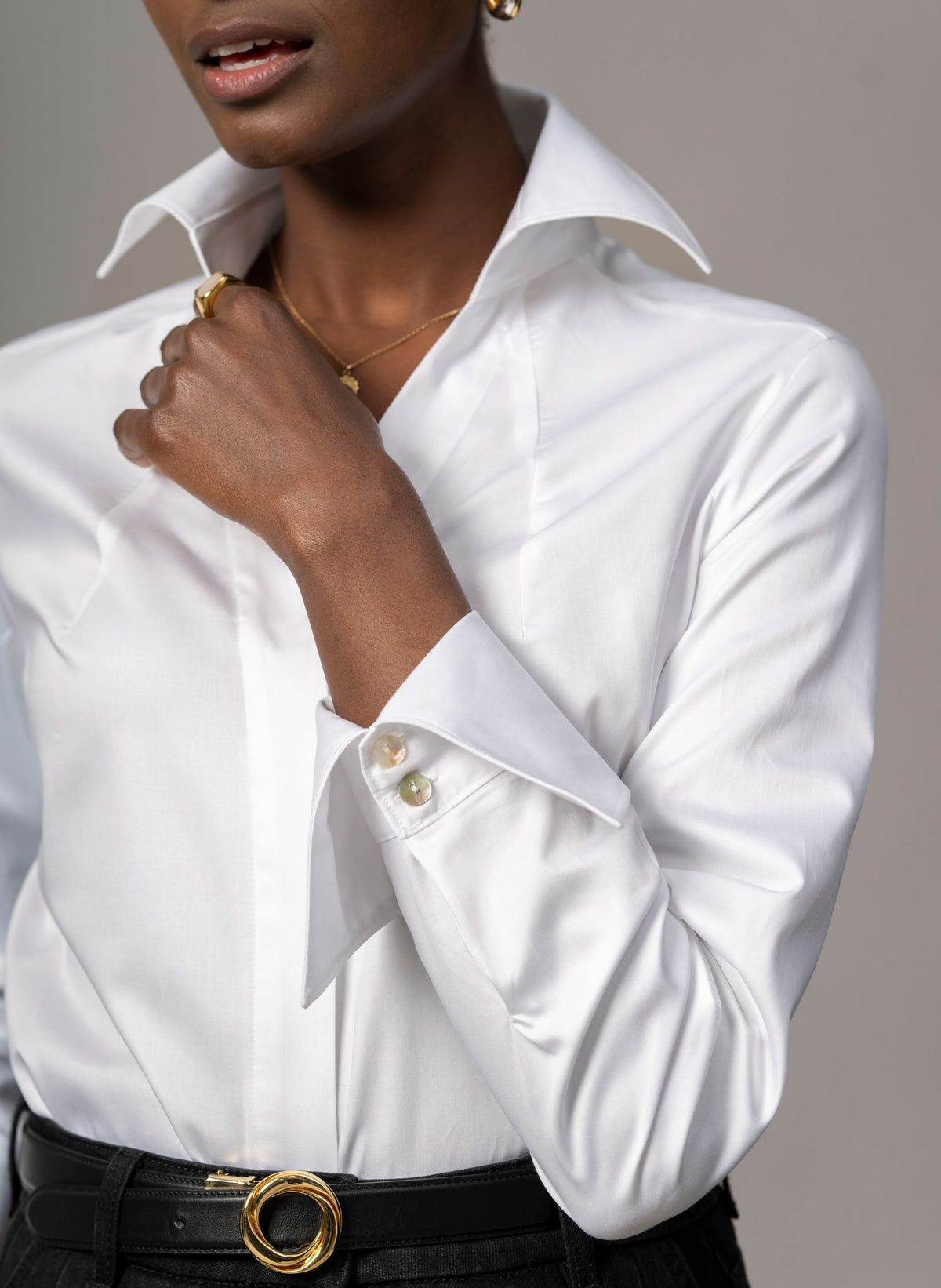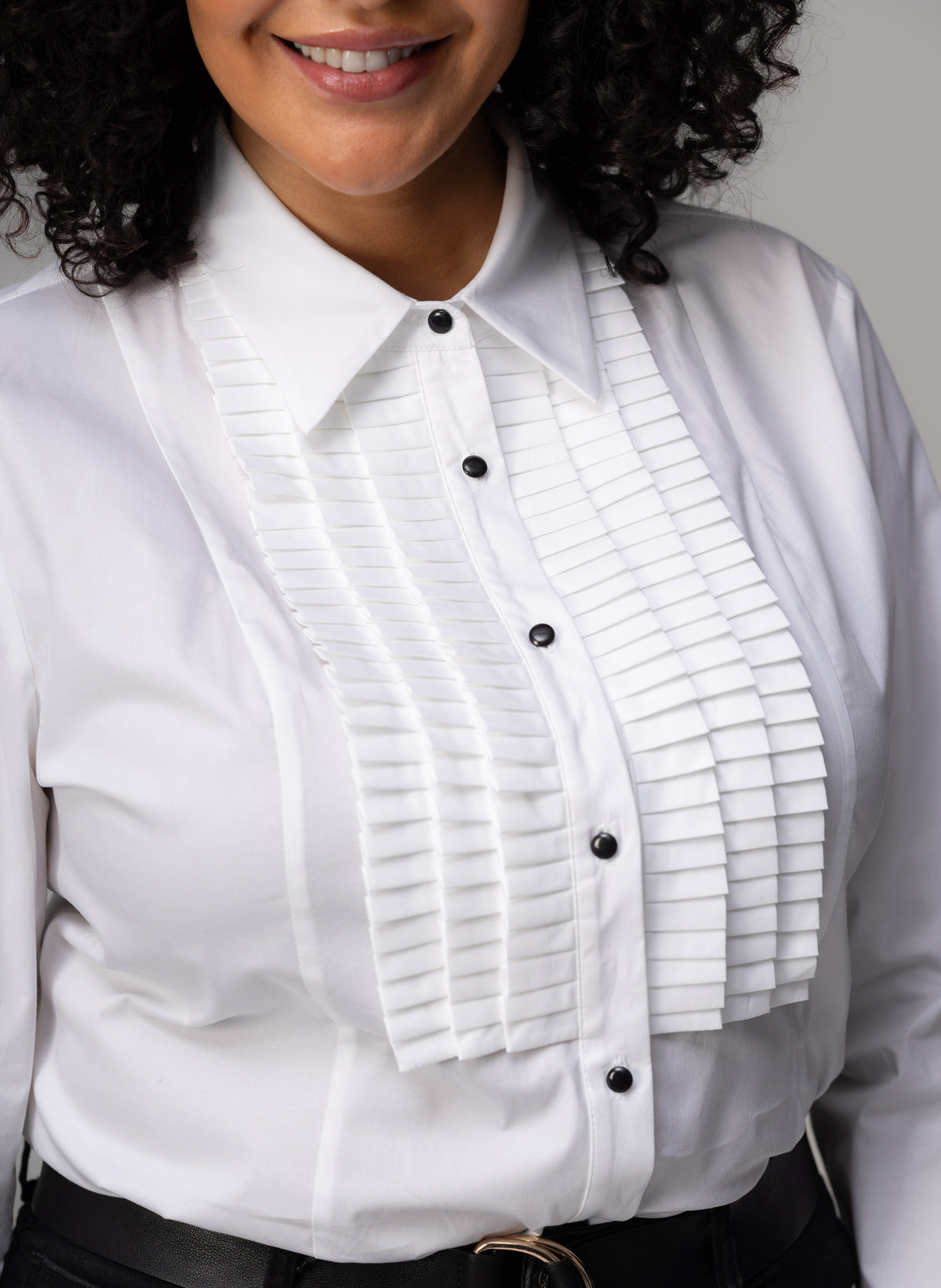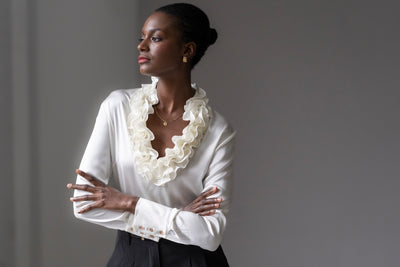5 Victorian Washerwoman Secrets to Keep Your Whites, White
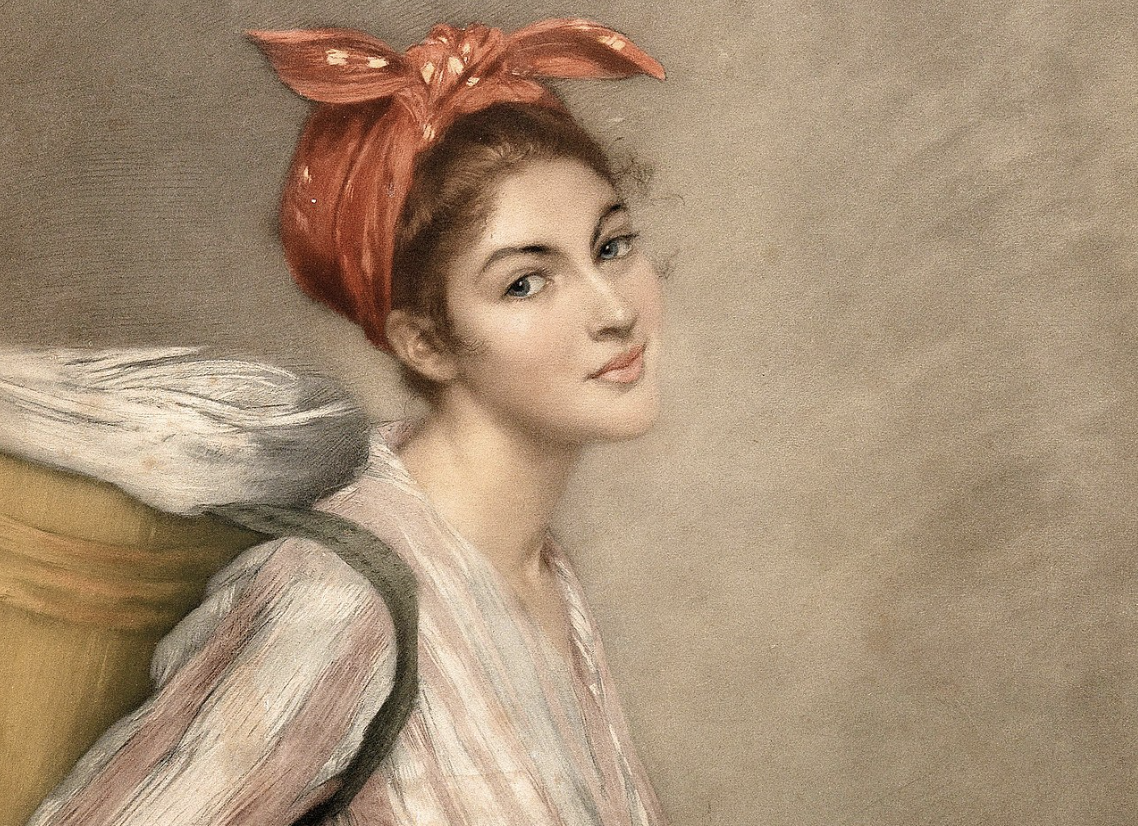
Crisp, bright whites billowing on the washing line are the hallmark of clean laundry, but keeping white garments looking their best requires a little know-how. As many of us want to move away from using harsh chemicals and look to more eco-friendly options, taking inspiration from Victorian washerwoman offers some surprising washing secrets which still work impeccably to this day.
Thankfully, technology has developed enormously from when doing laundry was a backbreaking, days long affair which was so unpleasant and arduous that outsourcing to washerwomen was standard for anyone who could afford it.

Image credit: Witness 2 Fashion Wordpress
Interestingly, while it is seen as a sign of a well to do and ordered modern households to continually be on top of the washing, back in the Victorian times it was a show of wealth to do the washing as infrequently as possible to show off how many surplus sheets and clothes you had. Flora Thompson, the Victorian author of ‘Well-Known Chronicle of English Rural Life’ explained:
“The town postmistress kept to the old middle class custom of one huge washing every six weeks. In her girlhood it would have been thought poor looking to have had a weekly or fortnightly washday. The better off a family was, the more changes of linen its members were supposed to possess, and the less frequent the washday.”

Image credit: Wikicommons
No matter what your class and status, pearly white, starched clothing was a must and below is a list of washing secrets which still leave garments gleaming to this day.
1. Soap and Lye

Image credit: Woodland Ways
Soap was a fundamental tool for washerwomen. Early soaps were made from animal fats and wood ash, producing a substance called lye. Lye soap was effective at breaking down grease and dirt. Washerwomen would soak clothes in soapy water and then scrub them on a washboard to remove stains.
Modern day equivalent: While whipping together some animal fats and ash might be a bit much for modern sensibilities, a potassium hydroxide soap will do the job and is amazing at erasing stubborn stains. Most modern brands use Potassium cocoate, a mix of potassium hydroxide and coconut oil which is more gentle on the skin. Try something like Kit and Kin’s plant based and biodegradable laundry liquid.
2. Boiling

Image credit: Elliott Brown/Flickr
Boiling clothes was another common technique. Clothes were placed in large pots or cauldrons of boiling water, often with soap or soda crystals. Boiling helped to kill bacteria, loosen dirt, and brighten whites. This method was particularly effective for bed linens and undergarments, which required frequent washing.
Modern day equivalent: These days, we are discouraged from putting clothes on a boil wash due to the environmental implications, but once in a while a good hot wash will help to keep whites white and remove stubborn stains and odours. Linen and 100 percent pure cotton should both survive a good boil wash without shrinking.
3. Starching

Image credit: Wikicommons
Starching was used to give clothes a crisp, clean appearance. This practice came into Vogue in the 16th century to make those Tudor ruffs and ruffles really pop. Starch was made from wheat or rice and applied to damp clothes before ironing. This not only made clothes look whiter but also helped to preserve the fabric and make it more resistant to dirt.
Modern day equivalent: While it may have fallen out of favour, you can still very much starch your shirts with starch. The ingredients are almost identical to more traditional products, but they are often sold in aerosol form for ease of application.
Aerosols and sprays may be easier, but starching traditionalists (read; my grandma) swear by the water soaking method which fully saturates the fibres as opposed to sitting on top. This requires clothes to be washed, wrung and dipped in a hot starch solution before drying and then ironing. For ultimate structure and ‘bite’ for tailored items, Kershaws Traditional Starch is the product for crisp fresh whites.
4. Sun Bleaching

Image credit: Wikicommons
Sun bleaching was a natural method used to whiten clothes. After washing, clothes were spread out on grass or hung on lines to dry in the sun. The ultraviolet rays from the sun helped to bleach the fabric, enhancing its whiteness. This was particularly effective during the summer months.
Modern day equivalent: It may be difficult to find the sun for aforementioned sun bleaching in the UK, but it can be done with a little faith and patience! This is a slow process and it can take days for the sun to work its magic on particularly stained items, but it really does work. Sun bleaching is a wonderful natural alternative to bleach and other detergents that could potentially react to sensitive skin. Using the sun to dry clothing also helps to kill bacteria which makes this method fantastic for drying kitchen towels. Adding half a cup of lemon juice to your wash before sun bleaching helps to give a bit of extra whitening boost
5. Bluing

Image credit: Our Warwickshire
Bluing was a technique that involved adding a small amount of blue dye to the wash water. The blue tint counteracted the yellowing of white fabrics, making them appear brighter. Laundry blue used in the late 18th to mid-19th century usually contained Prussian blue or Indigo.Bluing agents were typically sold in small bottles and were a staple in the washerwoman’s toolkit.
Modern day equivalent: The colour theory nerd in me absolutely loves the premise of blueing, but I have never tried it. Just like a green primer will even out red skin tones, a bit of blue dye will neutarlise yellow thanks to the opposite position on the colour wheel. Mrs Stewart's Liquid Blueing is a traditional eco friendly and biodegradable product which can help whiten clothes without resorting to harsh and toxic bleach.
Cover image credit: Wikicommons
